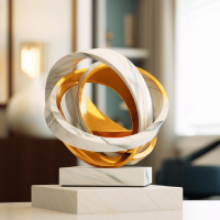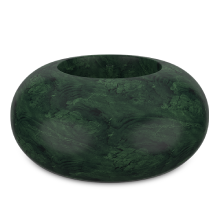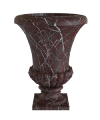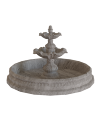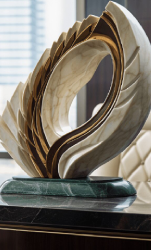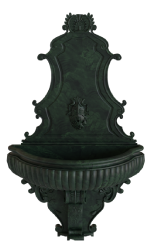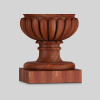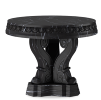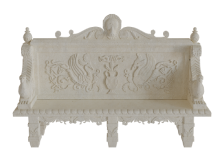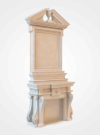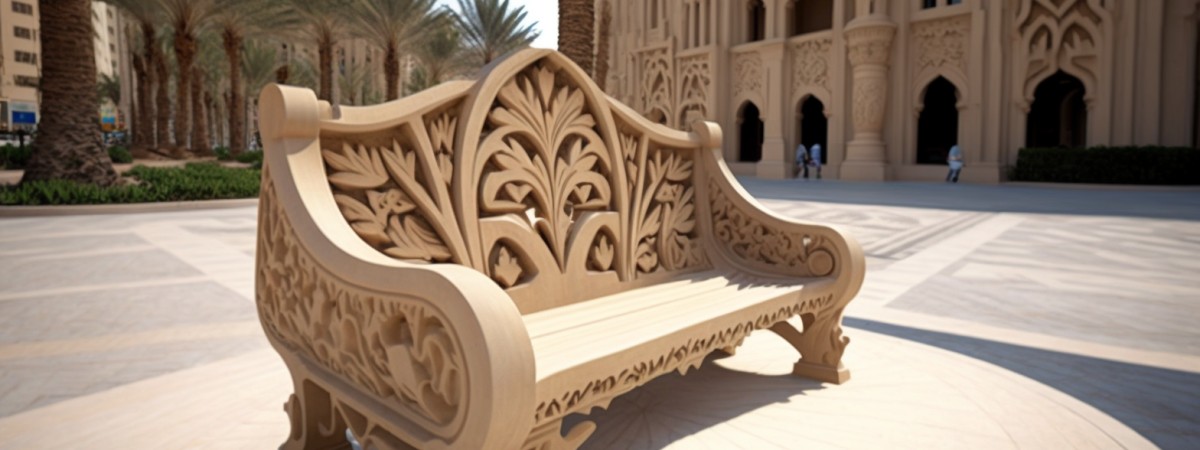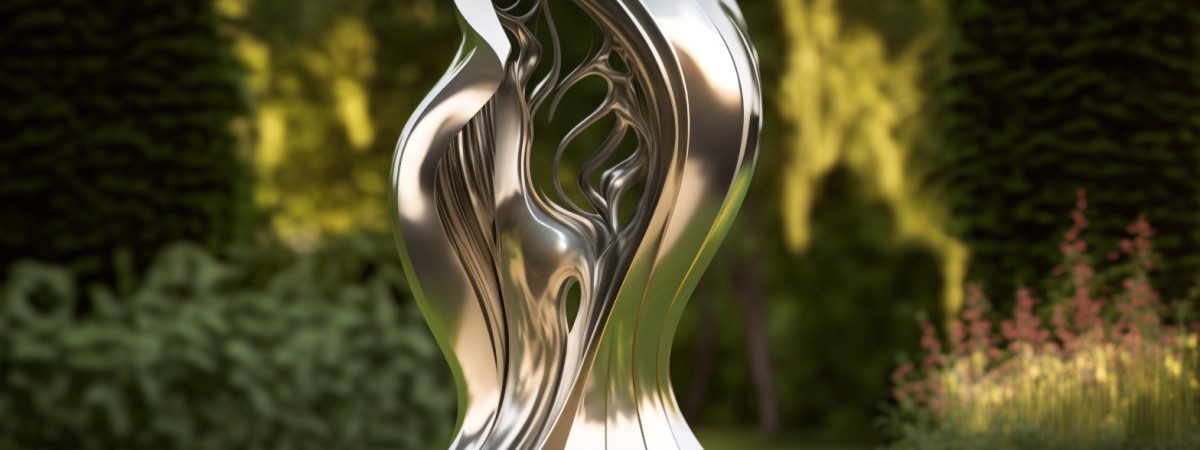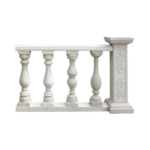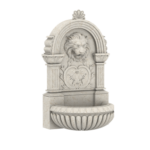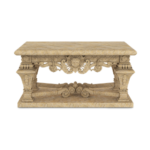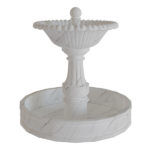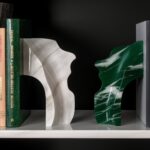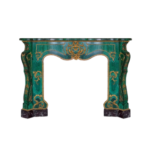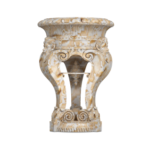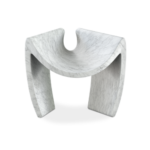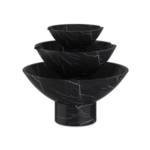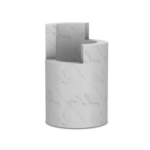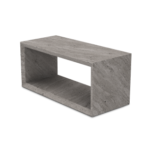September 27, 2023 Author: John Samuel
The Art of Sculpting Marble: A Detailed Guide
Marble: a medium so timeless that artists from Michelangelo to contemporary sculptors have sworn by its grace. Ever gazed upon a marble sculpture, completely spellbound by its detail and realism? Ever wondered how a block of stone transforms into a piece of art? Let’s delve into the art of sculpting marble, a meticulous process that marries skill and passion.

Conceptualization and Design
Every masterpiece begins with an idea. A sculptor first envisions the end product, often sketching or creating smaller models. This is not just drawing; it’s breathing the first breath of life into what will become a timeless artefact.
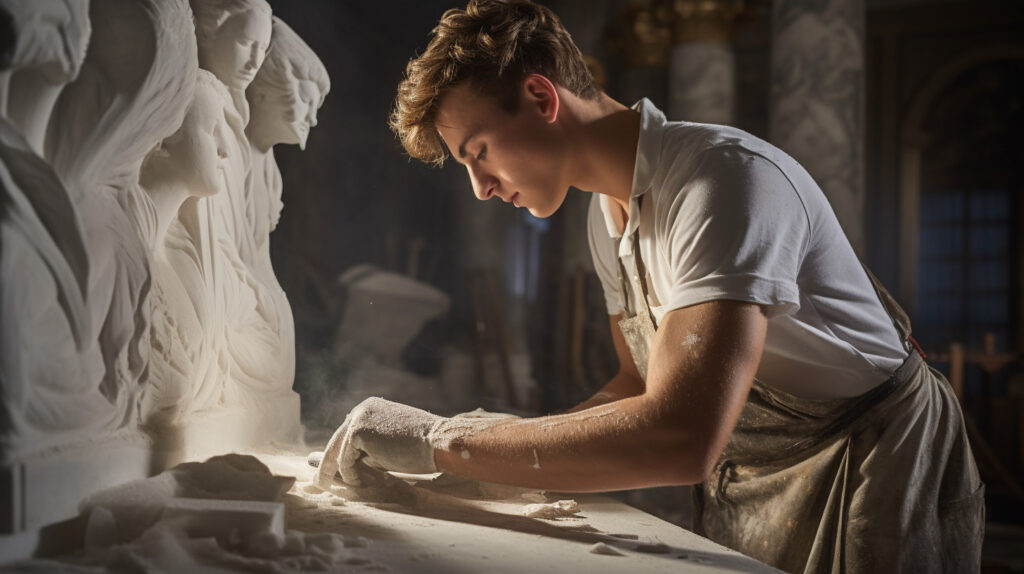
Choosing the Right Marble
Selecting the right block is akin to a chef picking the freshest ingredients.
Sources of Quality Marble: Italy, specifically the regions around Carrara, is famed for its superior marble. However, one can also find quality marble in places like Greece, Turkey, or India.
Characteristics to Consider: Translucency, grain, and colour are pivotal. These attributes ensure the final product is both aesthetically pleasing and durable.
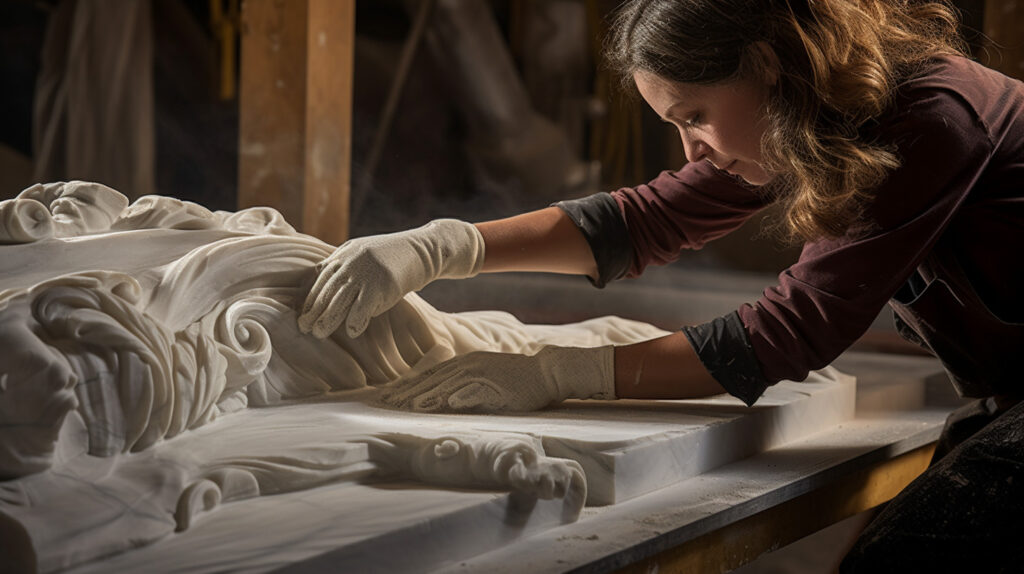
Rough Cutting
The first date with the marble begins.
Tools Required: A sculptor may use a point chisel and a mason’s hammer. It’s like a painter’s preliminary sketch, setting the stage.
Preliminary Steps: The sculptor chips away larger, unnecessary chunks, cautiously ensuring they don’t take away too much.
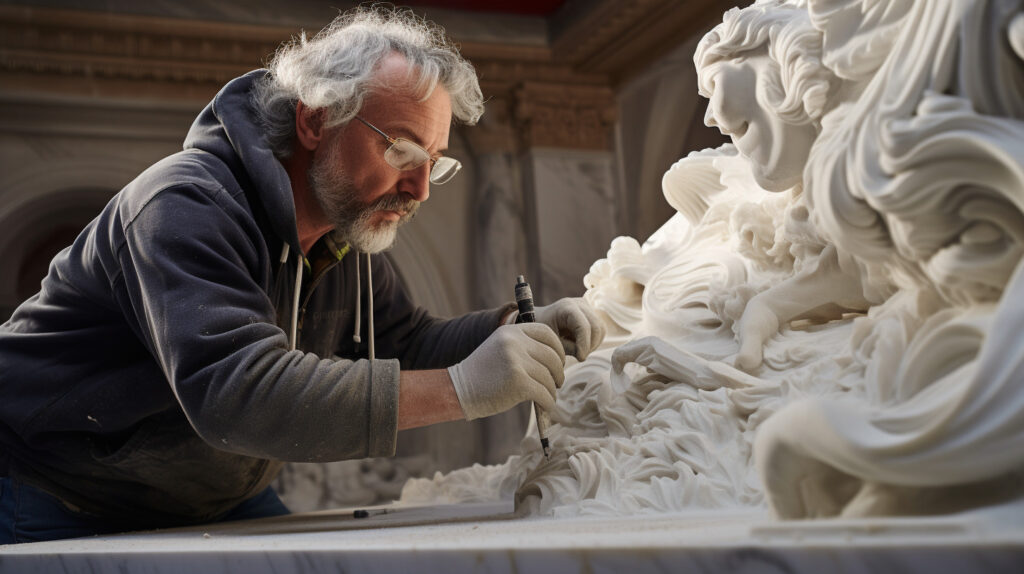
Refining the Shape
Think of this as sketching over your rough drawing. With finer tools, the artist begins to shape the statue, carving out the broader elements of the design.

Detailing
The devil’s in the details, they say.
Importance of Detailing: This phase can make or break a sculpture. It’s where the eyes get their depth, where flowing robes seem almost real.
Techniques Used: Pinpoint chisels, tooth chisels, and rasps are a sculptor’s allies here, allowing for precision.

Sanding and Polishing
How does marble achieve that lustrous finish?
Difference Between Sanding and Polishing: Sanding smoothens; polishing gives that glossy sheen.
Achieving the Perfect Shine: Sculptors progress from coarse to finer grits, ensuring every imperfection is addressed.

Installation and Maintenance
A masterpiece, once complete, deserves the right display and care.
Setting Up Your Sculpture: Choosing the right spot, ensuring stability, and perhaps even effective lighting play a role.
Maintaining Its Beauty: Regular dusting, occasional cleaning with a mild detergent, and ensuring the environment isn’t too humid will keep your sculpture looking its best.

Conclusion
The art of sculpting marble is a dance between the artist’s vision and the marble’s spirit. Every chisel mark and every polished curve tell a story of dedication, patience, and love for the craft. Whether you’re an architect, interior designer, or just someone who admires beauty, understanding this process deepens your appreciation for these masterpieces.
Check out our curated selection of natural marble sculptures at https://marblising.com/

FAQs
Why is Carrara marble so popular among sculptors?
Carrara marble is renowned for its fine grain and luminosity, making it a favourite.
How long does it typically take to sculpt a marble statue?
Depending on the complexity, it can range from a few weeks to several months or even years.
Are there modern tools that have made the process easier?
Yes, there are electric chisels and other tools, but many sculptors prefer traditional methods for authenticity.
How can I tell if a sculpture is made of genuine marble?
The cold touch, grain, and sound when tapped are a few indicators.
Do sculptures require regular maintenance?
Yes, to retain their shine and avoid wear, regular maintenance is advisable.
